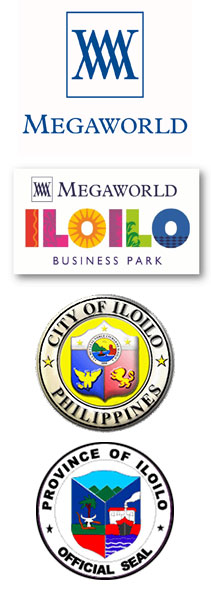Timeline: The Evolution of the Guimaras–Iloilo Relationship
Pre-Colonial Era (Before 1521)
Shared Indigenous Roots
Before the arrival of the Spanish, Guimaras and Iloilo were part of the larger cultural sphere of the Panay Island region. Early settlers in Guimaras had close maritime and trade links with coastal communities in Iloilo. Austronesian seafarers frequently crossed the Iloilo Strait in balangays, exchanging goods and establishing kinship ties.
1581
Spanish Colonization and Early Christianization
The Spanish officially took control of Guimaras in the late 1500s. In 1581, Guimaras became part of the encomienda of Oton (now part of Iloilo). Iloilo City became the religious and political base, with Augustinian friars establishing mission centers that reached the island. Guimaras was managed as part of Iloilo’s jurisdiction for most of the colonial period.
1581
1901
American Period and Iloilo Province Administration
Under American rule, Guimaras was officially declared a municipality under the province of Iloilo. The Americans also began large-scale agricultural development on the island, introducing mango cultivation and coconut plantations, supported administratively and logistically from Iloilo.
May 22, 1966
Guimaras Becomes a Sub-Province of Iloilo
Through Republic Act No. 4667, Guimaras was elevated to sub-province status under Iloilo. It remained politically under Iloilo but was given more local autonomy in managing internal affairs. During this period, Guimaras heavily depended on Iloilo for major infrastructure, education, trade, and health services.
May 22, 1966
1970s–1980s
Strengthening Economic and Commuter Ties
As Iloilo City urbanized, Guimaras became a source of agricultural products and labor. Daily pump boat trips between the island and Iloilo became routine for workers and students. Iloilo City, especially its wharf area, acted as Guimaras’ portal to the outside world.
May 22, 1992
Guimaras Becomes a Regular Province
By virtue of Republic Act No. 7160 (Local Government Code of 1991) and a plebiscite on May 11, 1992, Guimaras officially became a full-fledged province, independent from Iloilo. While politically autonomous, Guimaras continued to rely on Iloilo for tertiary education, advanced healthcare, trade, and transportation access.
May 22, 1992
2000’s
Tourism and Cultural Promotion
Guimaras began branding itself as an eco-tourism destination, with its Manggahan Festival gaining popularity. Iloilo City played a pivotal role as a staging point for tourists, leading to increased collaboration in regional tourism campaigns. Resorts, farm tours, and beach destinations on the island began drawing visitors—many of whom were Ilonggos.
August 2006
Guimaras Oil Spill
One of the worst marine disasters in Philippine history occurred when an oil tanker sank off Guimaras’ coast, leaking 2 million liters of bunker oil. Iloilo-based disaster response teams and NGOs led recovery efforts, reinforcing the interdependence of the two provinces, especially in environmental crises.
August 2006
2018
Proposed Panay–Guimaras–Negros Bridge Announced
Under the Duterte administration’s “Build, Build, Build” program, the national government unveiled plans for a bridge network linking Iloilo, Guimaras, and Negros. The Panay–Guimaras Bridge, if constructed, will redefine economic, tourism, and logistics integration between the island and mainland.
2020–2023
Pandemic-Era Challenges
The COVID-19 pandemic disrupted ferry travel between Iloilo and Guimaras, exposing the critical dependency of Guimarasnons on Iloilo’s hospitals, food supply, and education. However, it also prompted more digital solutions, such as online markets and remote learning, strengthening future resilience.
2020–2023
Present Day (2024–2025)
Growing Urban-Rural Synergy
Iloilo’s urban expansion, particularly in Iloilo Business Park, has inspired investment interest in Guimaras.
Real estate developers, agri-tourism entrepreneurs, and transport cooperatives are looking at Guimaras as an expansion zone.
Iloilo continues to serve as Guimaras’ economic hub, but Guimaras is asserting its role as a partner rather than a dependent.
The Future
Bridging Aspirations
Panay–Guimaras Bridge remains in the pipeline under the Marcos Jr. administration.
Regional cooperation in disaster preparedness, sustainable tourism, and digital connectivity is expected to increase.
Both provinces are exploring shared governance in environmental protection of the Iloilo Strait, which is vital to their ecosystem and economy.
The Future
Conclusion
From a mere island under Iloilo’s administration to a proud and independent province forging its own path, Guimaras has evolved dramatically. Yet, its enduring bond with Iloilo—defined by culture, commerce, and community—remains strong. The relationship is no longer one of dependency, but one of regional synergy, poised to grow stronger with every tide.





